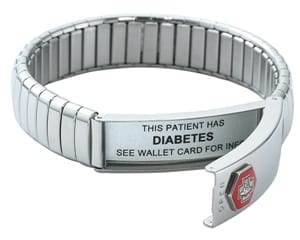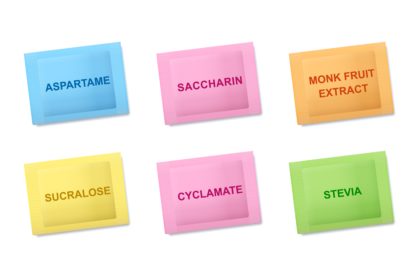 When shopping for medical identification jewelry or tags, consider the following features:
When shopping for medical identification jewelry or tags, consider the following features:
1. Appearance. You must like it enough to wear every day and all day. Medical IDs now come in stretchy silicone wristbands, stylish beaded bracelets, and tattoos, but keep it simple. If it looks too much like jewelry or an adornment, emergency responders may not recognize your tag as a medical ID.
2. Comfort. It should be physically comfortable.
3. Durability. Consider your lifestyle and activities, e.g., type of sports/exercise, vocation, etc.
4. Size. The medical ID portion must be large enough to hold the key components, such as:
- Full name (usually engraved on the back for privacy)
- Medical diagnosis or condition(s), e.g., the word or combination of words like “Diabetic”, “Pacemaker”, “ICD”, “Coumadin”, “A-fib”, “Angina”, “CHF”, “Stent”
- Reliable phone numbers for one or more emergency contacts, e.g., family/caregiver and physician (usually engraved on the back for privacy)
- Specific allergies, e.g., “No Penicillin” or “No Nuts”
- Blood type
5. Medical ID Alert Location. It must be easy to locate on the product as well as on your body. Medical IDs now come in many fashionable shapes and sizes and can be tied to shoelaces, fastened to a jacket zipper as well as worn around your ankle or neck. Be sure you don’t let fashion trump common sense.
6. Live Response Service. Several companies sell medical IDs that store your vital information in an electronic database that is backed by a live 24/7 emergency response service. Your information is accessible by emergency responders and medical professionals. Be sure to check the effectiveness and privacy safeguards of such services.
Always Wear Your Medical ID
Think Murphy’s Law…The one day you choose not to wear your medical ID might be the very day you need it.





